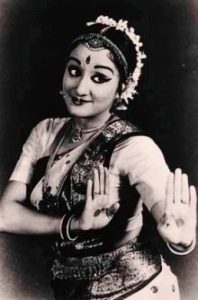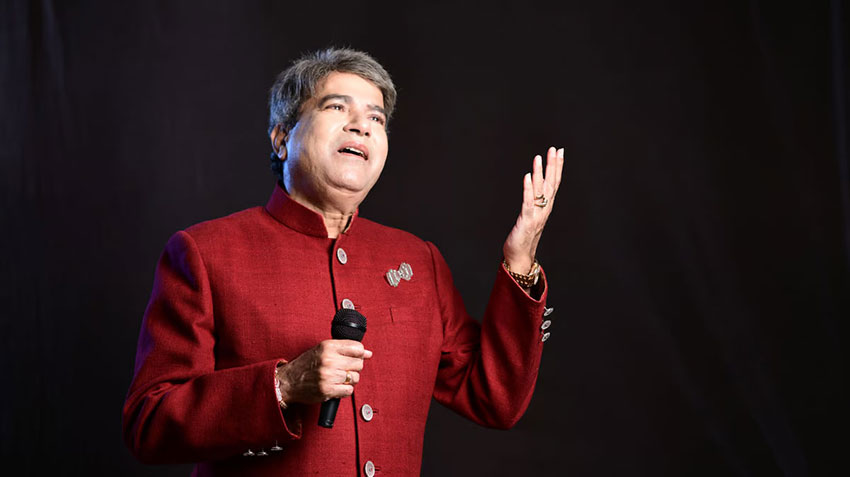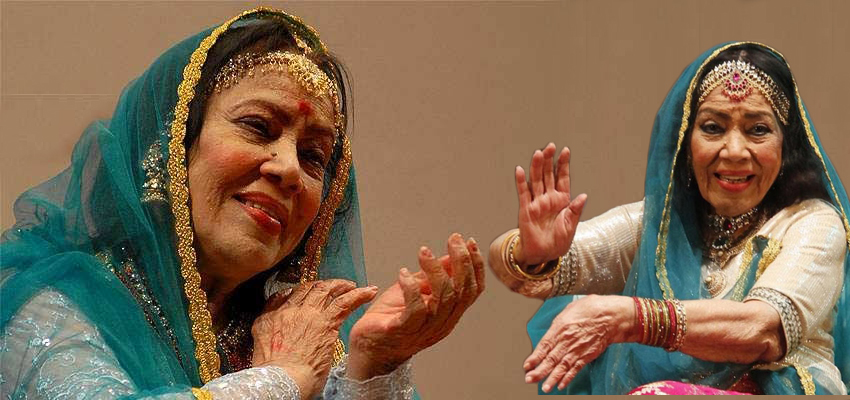Artistic collaborations can work wonderfully when East meets East. This is exactly what took place at the Esplanade, Singapore, when Apsara Arts, reached out to meld into an aesthetic whole with Balinese dancers, Singapore dramaturgy experts, lighting and set designers, and the Singapore Chinese orchestra. The connecting thread was the well researched theme: Rice, the daily life giver of the East, the core of a circle of tradition, ritual and celebration. Known as Arisi In the Tamil language, rice Is indispensable In the life of peoples of the east from birth to death and everything In between.
A man of enterprise and Imagination, Aravinth Kumarasamy, Is equally a Creative motivator. Bringing together the talents of the following experts Is no mean task: Lim Ho Ngean the dramaturg, Professor I Wayan Dibia the Balinese Guru, Mohanapriyan Tavarajah the resident choreographer, and lighting designers and set creators of Singapore, paid rich dividends . The superb Bharatanatyam dancers of Singapore and India, and the Balinese dancers electrified the stage as never before. The choreographers put out something magical where movement and rhythm flowed with an electric vibrancy. There was not a dull moment In the entire show with quick costume changes, and entrances and exits. The rhythms were Infectious and challenging. But the dancers took the challenge, and danced away to glory. The Indian group danced a variety of flexible moves which Included folk steps, classical cadences and surprising combinations of pure dance. Their costumes which were changed swiftly added to the subtle textures of the choreography . When the Balinese dancers took to the stage a rare homogenous visual emerged . And when the two groups danced together responding to each other’s musical tradition, a picturesque canvas was painted with supreme confidence.
Vignettes where rice plays a significant role in life- events were enacted with dramatic lighting. The alphabets in Tamil which a child Is taught by writing on a heap of rice spread on the floor, was cleverly choreographed with the help of imaginative swara patterns ( musical notes). A young Devadasi child being taught her first dance steps ( Theyya Theyi) by stamping on a heap of husk ( Nellu) metamorphoses into the traditional Alarippu. Folk songs in Tamil, sung in their original plaintive melodies brought to life the dance depiction of death, birth, harvest, climate change, draught etc. The ethnicity of Balinese and Tamil culture ran in parallel depictions, danced with great Involvement by the dancers. Fun moments were not lacking. The playful throwing of rice cakes on each other brought the comic and dynamic In the male Balinese dancers to the fore. The sprightly Bharatanatyam dancers of Chennai danced with their Singapore colleagues with a highly commendable flexibility in movement and precision in footwork. One could perceive that they enjoyed the experience thoroughly and gave their best. Mohanapriyan had obviously worked day and night to make the choreography unique in many ways, and designed the costumes to reflect the narrative, while showcasing the unique textile traditions of India and Bali. He has evolved as a Creative artist much to the delight of his company Apsaras Arts who have relied on him to bring something new to the stage year after year over the past 10 years.
The captions explaining each act were useful for the understanding of the story of Rice In everyday life, In sacred ritual, In superstitions and In the never ending cycle of life. Real life film clips of cultivation, migration, drought, sentimentality, and celebration linking India with Singapore brought the viewers down to earth. Being contextual with regard to real people and the challenges they have faced leaving agriculture and moving to other places for work had a vital sociological impact. This did not deter the vibrancy and joy of the dances which were visual odes to the staple food of millions -rice.
The team of Rajkumar Bharathi and Sai Shravanam have worked with Apasars Arts providing suitable musical support. This time around Singapore’s Chinese orchestra and the Balinese musical excerpts like the famous sounds of Kechak added magic to the soundscape, and Inspiration to the buoyant well trained dancers.
 Review by Lakshmi Vishwanathan – Lakshmi Vishwanathan was a legendary dancer who passed away last month. Apart from being a dancer and scholar she was a prolific writer, and just before she passed away she wrote the above review of a magnum opus production she witnessed in Singapore. ClassicalClaps publishes this article as a homage to Lakshmi Vishwanathan received through Ms. Rama Vaidyanathan.
Review by Lakshmi Vishwanathan – Lakshmi Vishwanathan was a legendary dancer who passed away last month. Apart from being a dancer and scholar she was a prolific writer, and just before she passed away she wrote the above review of a magnum opus production she witnessed in Singapore. ClassicalClaps publishes this article as a homage to Lakshmi Vishwanathan received through Ms. Rama Vaidyanathan.











